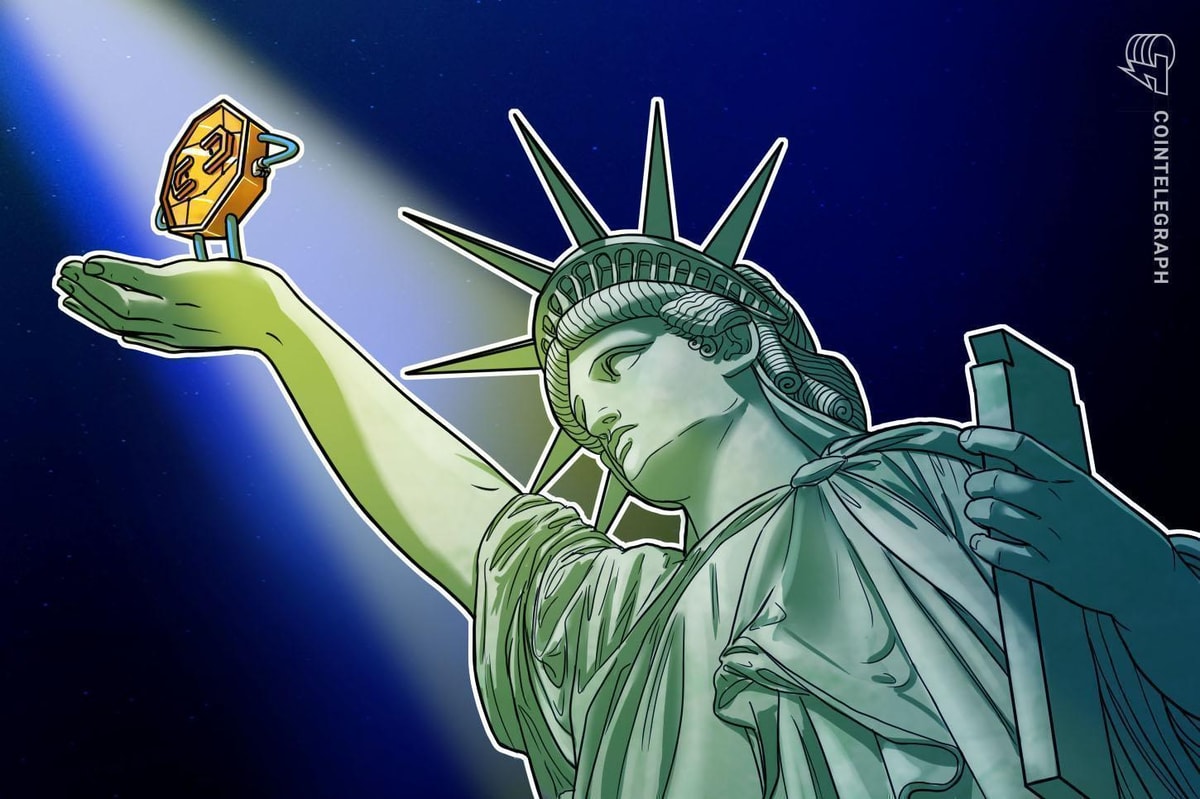The promise is great for so-called smart cities, which will deploy a network of interactive sensors to achieve efficiency and innovation. The smart city vision includes driverless cars, renewable energy to aid a city’s power consumption, energy-efficient buildings, and communications systems that work with the location’s infrastructure to avoid waste, among other features.
A report by the International Data Corporation (IDC) indicates that spending on smart city technology is expected to grow to $135 billion by 2021.
Despite the promise of a futuristic and more environmentally friendly city, the results — at least so far — are not vast. Politicians talk about future benefits while special interest committees are formed and plans are made. Still, little progress seems to be made toward actually implementing most of the programs or setting a timetable for deployment.
That may be changing. Google is creating a smart city in Toronto, and, with the vast resources of the technology giant, the first widespread implementation of the promises of smart cities may be at hand. But there are still concerns over certain aspects of implementing the smart cities program.
Canadian Prime Minister Justin Trudeau appeared at the October 2017 kickoff for the smart city being designed by Google for Toronto. “We know the world is changing,” said Trudeau, as he stood alongside senior Google executive Eric Schmidt. “The choice we have is to either resist it and be frightened by it, or to say we can step up and shape it.”
Google’s aim in Toronto is to address common urban problems like congestion, inefficient services, and unaffordable housing on 12-acres of waterfront land. But already, there are concerns being raised about the project. Many reports have surfaced concerning privacy for the residents of the new city, who will be constantly recorded in their activities.
Compact hidden cameras would take low-resolution pictures of inhabitants and visitors, as well as automobiles on the streets. The smart city pledges to use the “feedback of residents” to plan and adapt services. But the project has upset many people, including local technologists, property developers, politicians from both sides of the aisle, urbanists, academics, privacy experts, business leaders and the Canadian Civil Liberties Union.
Are we being over-promised?
Prime Minister Trudeau said at the press conference announcing Google’s smart city project that Toronto would serve as a model for Canada and the globe.
One analyst agreed that the promise of smart cities may be oversold. But, he added, that’s not necessarily a bad thing. “Of course, but that’s nothing new,” said Peter Hirshberg, co-founder of co-working space Maker City and chairman of Swytch, a blockchain-based platform that tracks and verifies the impact of sustainability efforts and actions on the worldwide level of CO2 emissions.
“Cities have always been home to our greatest aspirations and visions of utopia. The 1939 World’s Fair/urban renewal/post-war cities promised a utopian city of tomorrow with no blight and smooth traffic. Instead, we got suburbs, too many cars, traffic, white flight and lack of sustainability. The modern urban movement of the 1990s promised a creative class and revived urban centers built on the principle that denser cities were smarter and open innovation worked better than suburban office parks.”
Privacy might be a thing of the past in a world of smart cities
As with Toronto’s concerns, how to safeguard privacy and data collected in a smart city is a major question that still needs to be answered. The data gathered by a municipality must be largely anonymous in urban environments.
Jeffrey Blessing, a professor and director at the Milwaukee School of Engineering, sees other reasons to be wary. “I’m concerned with the cybersecurity implications of the smart city,” Blessing told Cointelegraph.
The devices and services we use in a metropolitan setting must be data secure, he says. This is necessary to gain the public’s trust. And, in order to achieve this, it seems clear that companies that compete will have to collaborate in order to truly benefit.
“Computer networks are an excellent example of this; standards are set so that devices cooperate and communicate, but compete on the implementation of services,” Blessing said.
He also believes that companies will have to provide both simple user experiences and privacy safeguards.
“When it comes to users adopting and accepting new technology, convenience and ease-of-use is key,” he said. “However, security is often inconvenient and gates with guards must be placed around valuable data and info.”
He adds: “We’ve all heard horror stories of hacking, cyber break-ins and loss of data from all types of institutions, public and private, large and small. Technological innovation in a public setting is always challenging, because there are contradictory forces at work.”
Artificial Intelligence (AI) serves as an example of Blessing’s points:
“From a cybersecurity perspective, AI technology is in the hands of both the good guys (white hats) and the bad guys (black hats). Companies are continuously collecting data about us from our cell phones, smart speakers, ubiquitous cameras, etc. and using AI to learn about our habits, objectives, and intentions through machine learning. While we should not be paranoid about big brother, we need public officials to demand transparency and accountability from technology companies that are trying to profit from personal data that is collected via smart city initiatives.”
Blockchain and crypto technologies in a smart city
In a smart city’s environment, there will need to be a system in place that allows the devices that are attempting to monetize certain activities to verify a large number of transactions and quickly confirm their authenticity.
That’s where blockchain and DLT could have a role. But there are limitations with the current state of the technology. The ability to scale to service millions of daily transactions is one, with another being the speed of verifying transactions and potentially high transaction fees.
The problem is somewhat endemic to the current state of DLT and blockchain. That’s because transactions using DLT and blockchain need to be verified by the operators of nodes along the chains, who are then rewarded with a digital coin for their trouble.
This can result in a network that takes a long time to verify things when the volume gets high, with transaction fees rising to incentivize transaction confirmations. That makes it currently impractical for use in most large-scale situations.
However, there are many companies trying to solve these problems for enterprise clients. R3’s Corda, which has created a blockchain-based platform inspired by the Bitcoin blockchain, is working with enterprise clients on such projects. IBM and Samsung are developing an architecture for blockchain and Internet of Things (IoT), and IOTA’s Tangle is heavily involved in the sector.
LO3 Energy, a blockchain-powered smart meter that helps monitor utilities usage and distribution, is seeking to provide a way for renewable energy, conservative water usage and pollution mitigation. And Omnitude and the island of Malta have partnered to create a blockchain infrastructure for public transit management. Blockchain could serve as a payment center for public transport, including bus, train, and subway tickets.
Smart cities: boom or bust?
In the end, the hype around smart cities might just be a marketing ploy for big corporations to sell their devices and gadgets.
“Smart Cities were originally proposed by vendors such as Cisco, IBM, and others as a way for them to sell sensors, big data, machine learning to governmental entities to reduce costs and increase efficiency,” said Evan Caron, CEO of Swytch. “Many, many trials have happened, some successful, some not. What has become apparent is that the sensors themselves are quite inexpensive. What is expensive for a city to invest in is the security and data analytics required to make sense of the data thrown off by sensors.”
Caron told Cointelegraph that certain cities, including San Francisco, have responded to this by providing an open data platform so that citizen coders can create applications based on the flow of information coming in from sensors.
“This has been an enormously successful and generative thing for cities,” Caron said. “But, it has not always been remunerative for the vendors themselves.”
Thus, smart cities apparently are at a crossroads between promise and the fulfillment of those promises. Many companies and politicians are working toward solving the issues. Whether that actually happens in a way acceptable to the public remains to be seen.
The views and opinions expressed here are solely those of the author and do not necessarily reflect the views of Cointelegraph.











